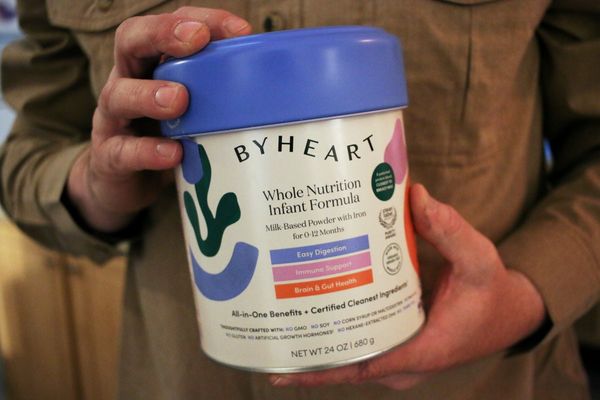
More than a quarter of neighbourhoods in England have pollution levels that are highly harmful to wildlife, new data shows.
Friends of the Earth has named 27.5% of areas “nature pollution hotspots” in new research. These are defined as places where air, water, noise and light pollution all exceed levels that are damaging to nature.
Chelsea and Fulham was identified as the parliamentary constituency with the highest concentration of pollution hotspots, followed by Salford, Worsley and Eccles, Vauxhall and Camberwell, and Battersea.
The research found that 9,062 out of 32,844 neighbourhoods in England, areas of about 1,500 people designated for statistical purposes such as conducting the national census, are pollution hotspots.
One in six species are at risk of extinction in England, which is one of the most nature-depleted countries in the world. Wildlife is struggling to survive in many areas due to chemical pollution, the prevalence of pesticides, sewage dumping, air pollution and light pollution.
Since Brexit, fewer toxic chemicals are banned in the UK than they are in the EU, and the UK allows more types of poisonous pesticide than the bloc. Water pollution rules are also in the process of being loosened.
Sewage and slurry pollution in rivers causes nutrient levels to rise, which leads to large amounts of algal and plant growth, choking out aquatic species. Pesticides and chemicals leaching into rivers also kill and harm fish and invertebrates.
Air pollution including nitrogen dioxide from car engines threatens Britain’s native plant life, affecting roughly two-thirds of species. These fumes can reduce honeybees’ ability to recognise scent by up to 90% from only a few metres away, making it difficult to follow the trails of flowers.
Light pollution affects bats and moths, which are finding it harder to avoid light from businesses that keep their lights on all night, and street lights. These lights can also confuse migrating birds.
Friends of the Earth is calling for the Labour government to take action and to enshrine the right to a healthy environment in a environmental rights act. The proposed law would empower communities to hold regulators and public bodies to account to reduce pollution.
Sienna Somers, a nature campaigner at Friends of the Earth, said: “Successive governments have failed to protect our environment from pollution and ensure people can continue to enjoy the health and wellbeing benefits of thriving nature. That’s why we’ve ranked pollution hotspots based on constituencies, so citizens and MPs alike can see how pollution impacts their local area and take action.
“While we can choose to avoid these polluted waters, many precious species cannot steer clear of the pollution we pump into their living rooms.
“Polluters must be held accountable for the harm they cause and forced to clean it up. Stronger laws to hold polluters accountable would also give power back to communities to defend our rights in court, creating a cleaner and healthier environment for wildlife and people alike.”







